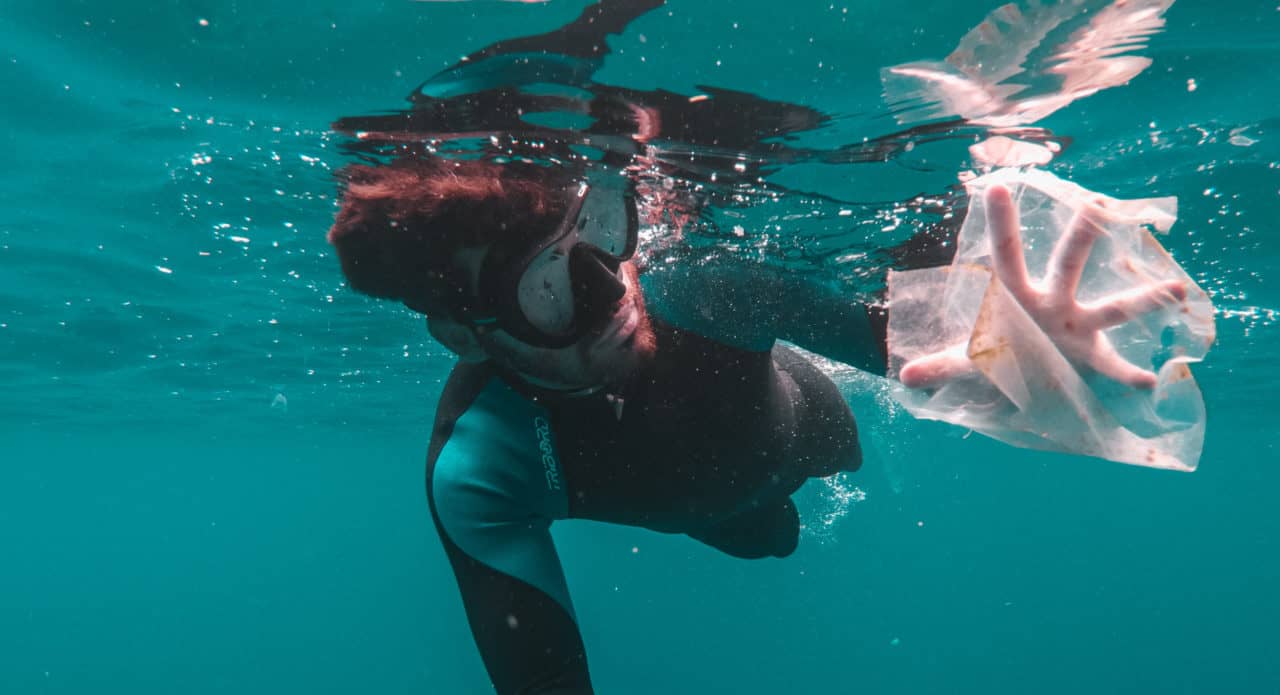
How to enjoy sports sustainably
If anyone’s going to champion sustainability in sports, it’s Enrique Zaragoza, eco-warrior and founder of sports sustainability blog Nachhaltiger Sport. In the last 30 years, there’s no corner of the sports and fitness world that he hasn’t reached. Born in Zaragoza, Spain, Enrique studied Sports Science at the University of Madrid and completed his masters in Business Administration a few years later. Growing up, Enrique enjoyed ski mountaineering, climbing, hiking; even track running. He specialised in 800m racing, one of the toughest track events out there, with runners needing both speed and endurance in equal measure.

Since finishing his studies, Enrique’s worked as a sports manager, sports event organizer, personal trainer, sports educator, performance trainer and education consultant. He’s always had an interest in sustainability in sports, however his interest was converted into passion when he came across the Geneva Marathon.
“It was the first time I’d seen a sports concept with a focus on water,” Enrique says, speaking from his apartment in Berlin. “It wasn’t just a sports event, it promoted taking care of their water. For me, it just clicked. I loved the idea of combining sports and sustainability.”
So in January 2013 Enrique launched his blog, Nachhaltiger Sport. It’s a space where people in the sports industry can learn about how they can build a more eco-friendly environment, share information and resources and learn and collaborate together to build a sustainable future.
We caught up with Enrique to find out all about the big issues gyms and sports facilities often overlook in sustainability, and how we as customers can contribute to a more climate-friendly fitness culture.
Unsustainability in the fitness industry
Enrique says that there are lots of small things that fitness clubs can change to make themselves more environmentally friendly.
“A lot of fitness clubs change their sports equipment too often, because people want the latest, state-of-the-art technology,” Enrique says. “These machines are very expensive and you need a lot of material to make them. When you use a machine for less than 10 years it has a negative impact on the environment.”
Unfortunately, Enrique admits, most people don’t want to workout on a 20 year old machine.
Enrique says that gyms and sports centres often offer coffee or shakes to go, which use up a lot of plastic. The coffee is rarely Fair Trade and there’s often still no vegan protein shake alternatives. Similarly, many gyms use the cheapest cleaning products which end up damaging the water supply. “If you use environmentally friendly products, they aren’t so aggressive for the environment,” Enrique says.
Finally there’s an issue with sustainable energy. “24 hour fitness clubs use a lot of energy,” Enrique says. “Few clubs use energy-efficient lighting because it’s expensive, however they use much less energy so the cost evens out after a few years.”
Sustainable training innovations
There’s plenty of sustainable sports equipment out there, Enrique says. It’s just about knowing where to look.
“Traditionally equipment’s been made with metal and plastic,” Enrique says. “But there’s great equipment made with just wood and almost no plastic.”
Enrique recommends fascia stretching equipment from The Five Konzept, water-powered rowing machines from Nohrd and eco-friendly yoga mats from Bodhi, all of which are made from sustainable materials.
How to train in a more sustainable way
Enrique recommends you warm up by cycling or running to the gym rather than using a car. And if you enjoy picking up a coffee or a protein shake at the gym, bring a reusable cup.
One of the biggest issues with sustainable training is fitness wear. “It’s a problem with no solution,” Enrique says. “Right now there are two popular materials to choose from – cotton or polyester. Cotton has to be imported, which isn’t good for the environment; however it’s a natural product, so it’s relatively sustainable. Polyester comes from oil and can be recycled, but every time you wash it, microfibres are released which pollutes our oceans.
Enrique says more research is needed to find a sustainable material for sportswear – especially one that doesn’t need to be repeatedly washed. He says the best we can do is invest in well-made sports gear that will last and avoid washing synthetic material too often. “Don’t fall into the habit of fast fashion,” Enrique says. “Instead rethink, reduce, repair and recycle.”
Predictions for the future
The German government has pledged that by 2050 all emissions will be climate neutral. That’s a big leap from the current state of affairs, and big sports events are part of the problem.
Enrique predicts athletes, brands and organizers will step up responsibility to provide sustainable solutions to their events, and the sporting goods industry will produce fairer, more eco-friendly materials and gear to help nurture the environment.
Ultimately, there’s no easy way to change the behaviour of millions of people. However with his blog and lectures, Enrique hopes to educate and motivate people to be more aware of their habits and to start taking small steps to living a more eco-friendly and sustainable life – in the world of sports and beyond.
If you’re interested in learning more about sustainability in sports, visit Enrique’s blog.
And if you want to get fit and have fun at the same time, sign up to Urban Sports Club today.



Comments